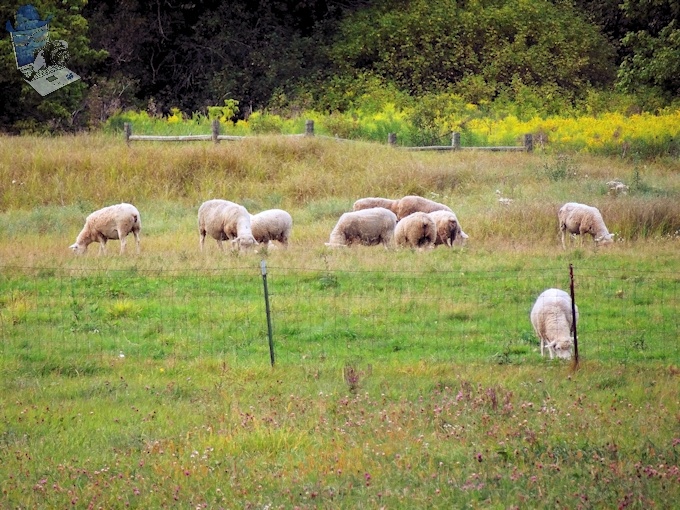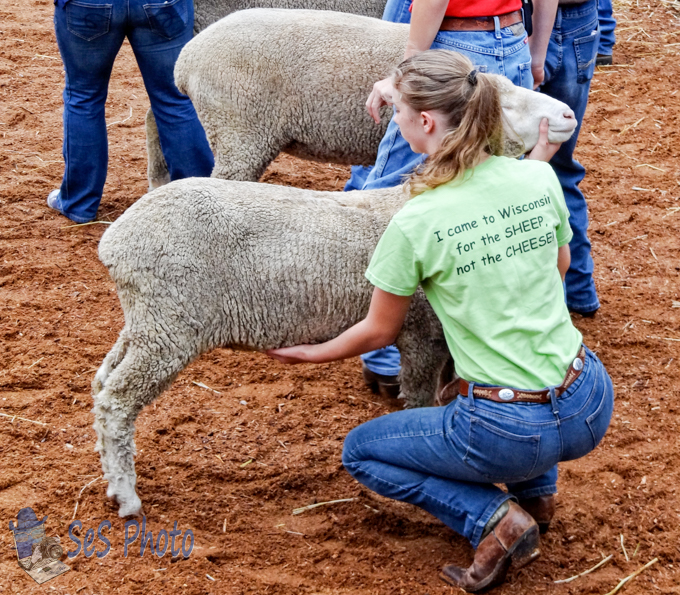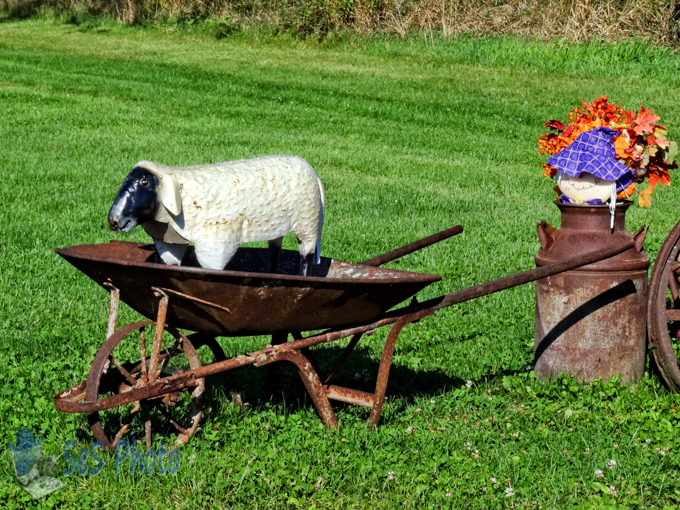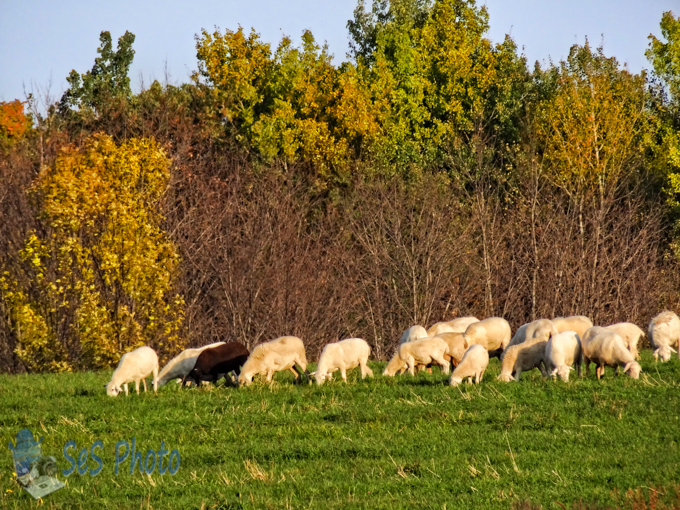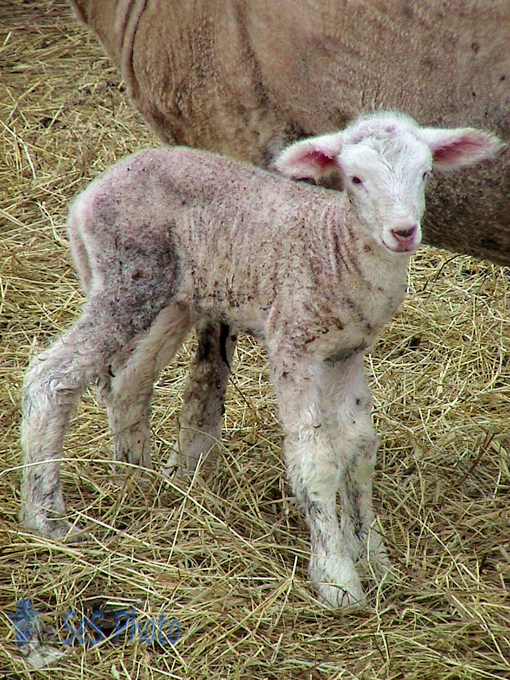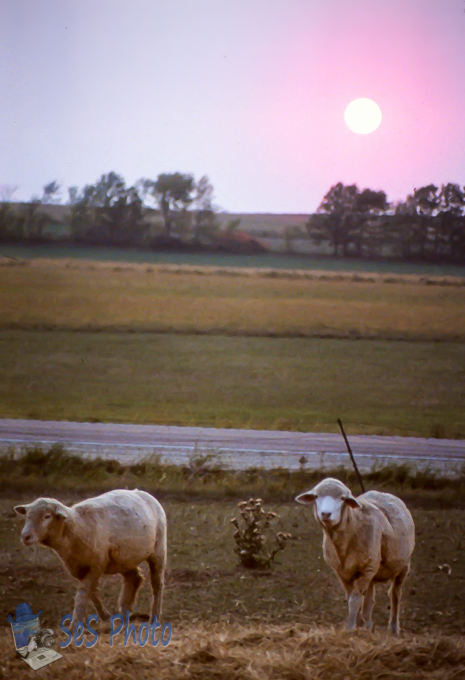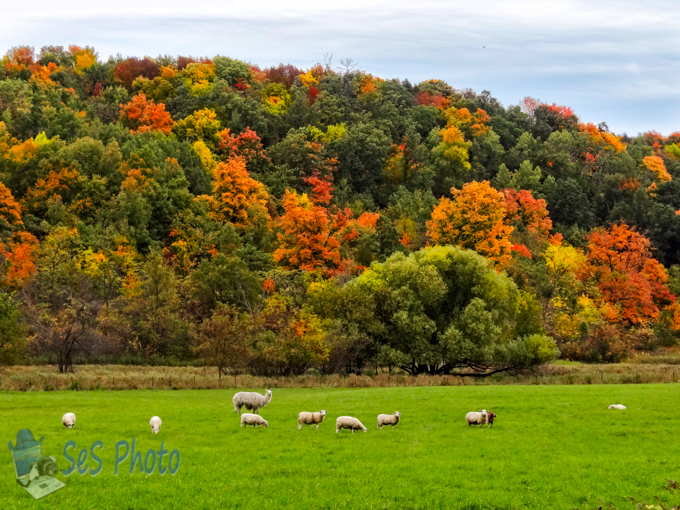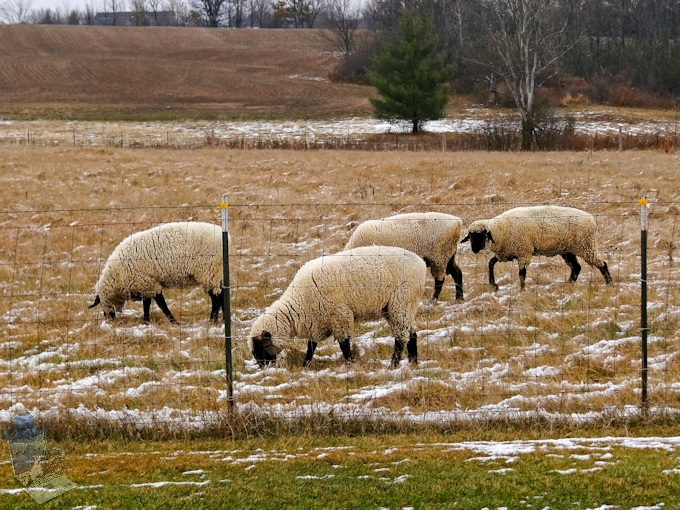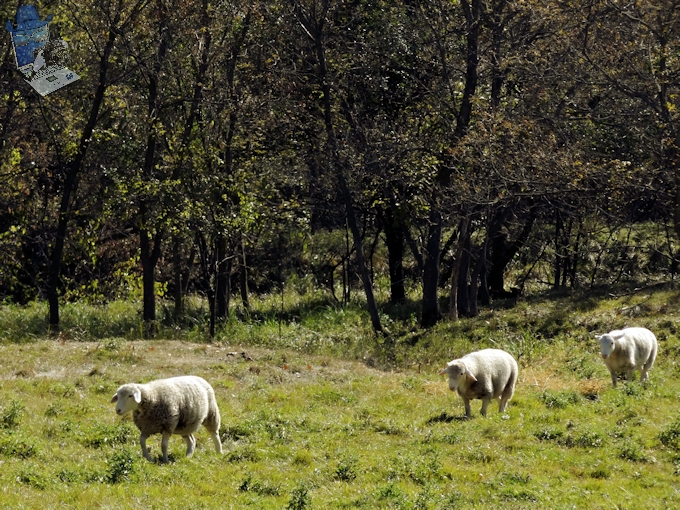Scientists in Scotland announced the July 1996 birth of the world’s first successfully cloned mammal, Dolly the sheep, on February 22, 1997. Even though Dolly was not the first animal to be cloned, she gained attention in the media because she was the first to be cloned from an adult cell.
I always figured if they were going to clone a sheep, they could have picked a nicer looking breed of sheep than a Finn Dorset or one of the rare Scottish breeds, like the Boreray as it is the most endangered breed of sheep in the United Kingdom.
Cloning is even less profitable than normal ranching since it took 277 attempts to get Dolly but researchers have tried cloning extinct animals and may open doors for saving endangered and newly extinct species by resurrecting them from frozen tissue.
I just hope that doesn’t mean any Tyrannosaurus rex will show up in my backyard since I have enough trouble with the bears destroying my bird feeders!
Grazing Sheep
